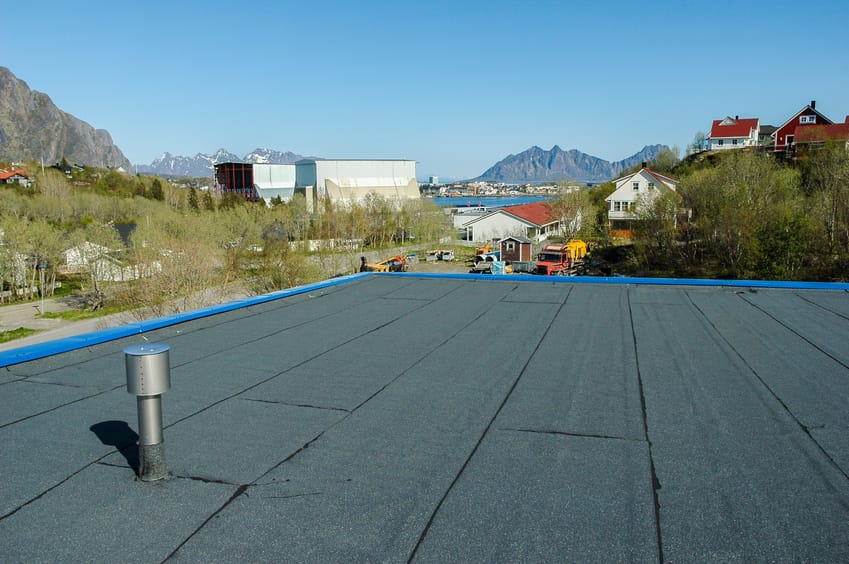Choosing The Right Insulation
Choosing the right insulation can be the most important step in making your home and roof energy-efficient and more comfortable, so you will need to take that very seriously. It will keep your home cooler in summer, warmer in winter and may also save your home from condensation if done right. You should aim to learn more about it however before you make a choice.
The Differences In Insulation R-Values
Different insulations have different R-values. What is R-value you say? Well put simply, the R-value that is used to rate its ability to withstand heat transfer. This keeps temperatures stable with its properties. Let’s begin with some of the most commonly used insulation types:
Different Types
Fiberglass Insulation
One of the most used types, a traditional choice that happens to be what most people picture in their heads when it comes to insulation. Fiberglass comes in a variety of sizes and thickness, ranging from an R-rating of R-13 to R-38, depending on said factors and how its used in construction efforts.
Molded Expanded Polystyrene
It is very close in structure to foam boards, making it an extremely easy type of insulation you can work with. This insulation can be cut, trimmed and more to fit whatever needs you may have as well as most surfaces. This kind of insulation comes in sizes of 1-2 inches of thickness, varying in their R-rating between R-4 to R-8. Their light weight and ease of use is what makes them one of the preferred choices around the world.
Extruded Polystyrene
It is a type of insulation which looks pretty much the same way as the previous example, used in much the same manner. There is a major difference between them however, as the R-rating of both materials is slightly different due to their construction. It ranges in thickness from 1-2 inches again, with R-ratings of R-5 to R-10.
Polyurethane and Polyisocyanurate
These are two types of insulation which look much like foam board. The difference between them and polystyrene is that they are much less rigid, as a result making them a more flexible choice that works better on a number of surfaces. Its thickness is usually around an inch, having an R-rating between R-7 and R-8.
Cellulose
A more eco-friendly solution, its made of newspapers, discarded paper products and so forth. This can be either sprayed on in layers or applied in other ways. It has an R-rating between 3.4 and 3.8 and its usually applied in 1-inch thickness increments.
Reflective Insulation
This type of insulation aims to reflect the heat back toward its source, being made up of layers of reflective materials such as cardboard and aluminum foil or bubble wrap made of aluminum foil. Its possible to reflect up to 97% of the heat radiated by objects. This gives it an R-rating between R-1.1 and R-18, depending on the materials and construction.
Content provided on behalf of: http://www.manandvan.org.uk/north-london/removals-nw3-nw6-manandvan-hampstead.html

